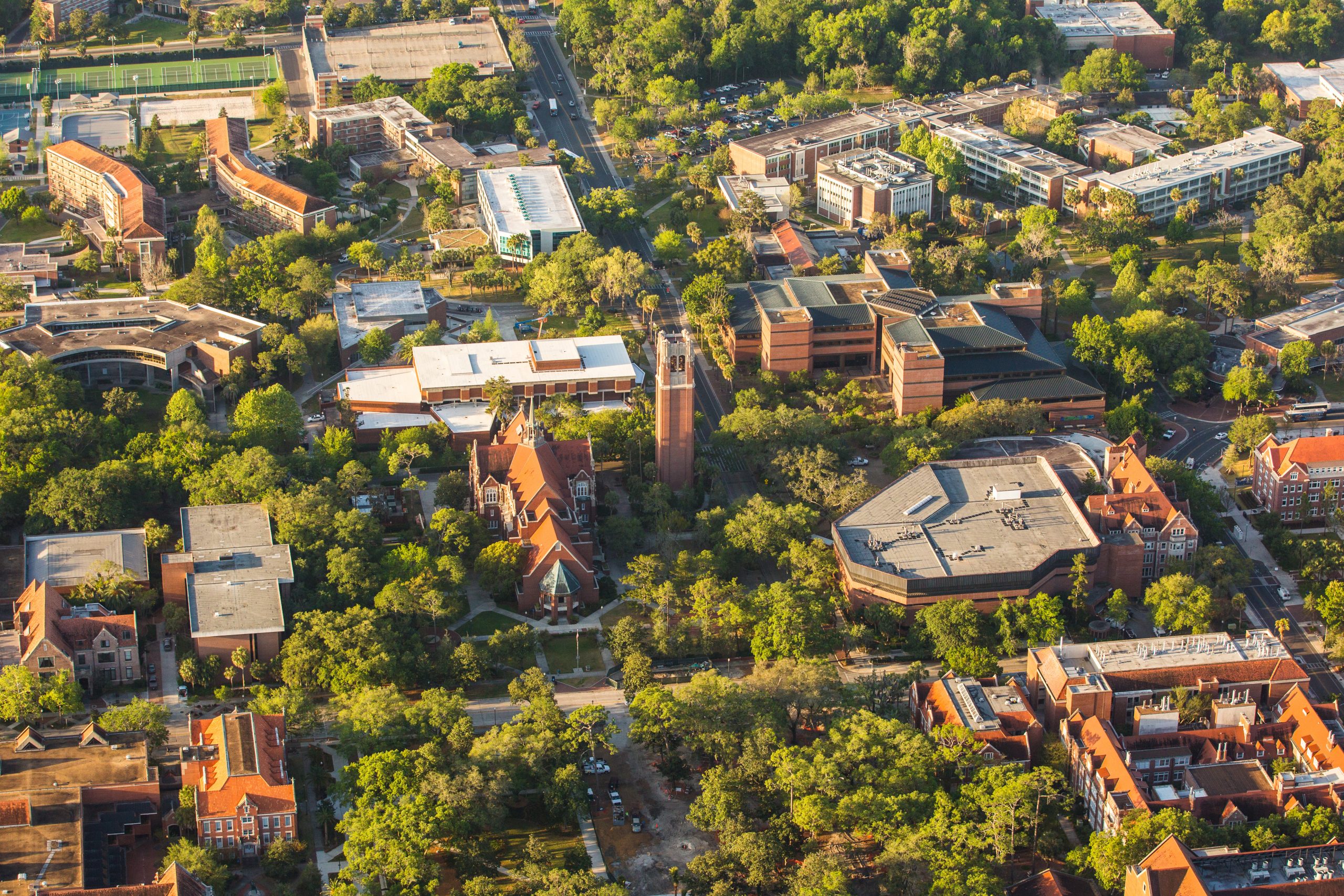
Patient Contact
A patient contact clearance is required for any health care workers who have direct patient contact; this could include faculty, staff, research personnel, and volunteers. The purpose of this clearance is to ensure that an individual can perform their work safely and to reduce the risk of transmission of infectious diseases.
Contact with human blood is also a requirement in most cases and you will need to complete the required Bloodborne Pathogen Training, depending on the area where you are working. The University of Florida does offer the hepatitis B vaccine to anyone who does encounter human blood during the course and scope of their work.
The Occupational Medicine Clinic is available to perform patient contact clearances at the Main Campus in Gainesville. Please contact (352) 294-5700 and the Occupational Medicine Staff will be able to advise on how to proceed with your clearance.
Here are some links to the forms that are required for patient contact clearance:
What do I do if I’m not in the Gainesville area? Please contact the Occupational Medicine Clinic at (352) 294-5700. In some cases, you will need to provide documentation or possible medical records and your clearance can be done through paperwork without an office visit. The Occupational Medicine Staff can also coordinate a substitution clearance in your local area if you have never been cleared for patient contact.
I did take the required Bloodborne Pathogen Training, but how do I find out about the hepatitis B vaccine? The University of Florida does offer the hepatitis B vaccine to all personnel who have the potential to be exposed to human blood. If you selected “accepts vaccination” on your Training & Vaccination form, you may contact the Occupational Medicine Clinic at (352) 294-5700, and they will arrange time(s) for you to complete the vaccine series.
Additional Questions? Please feel free to contact the Occupational Medicine Consultant at (352) 392-1591, who may be able to address any concerns or questions relative to patient contact clearance or any other Occupational Health Program.
